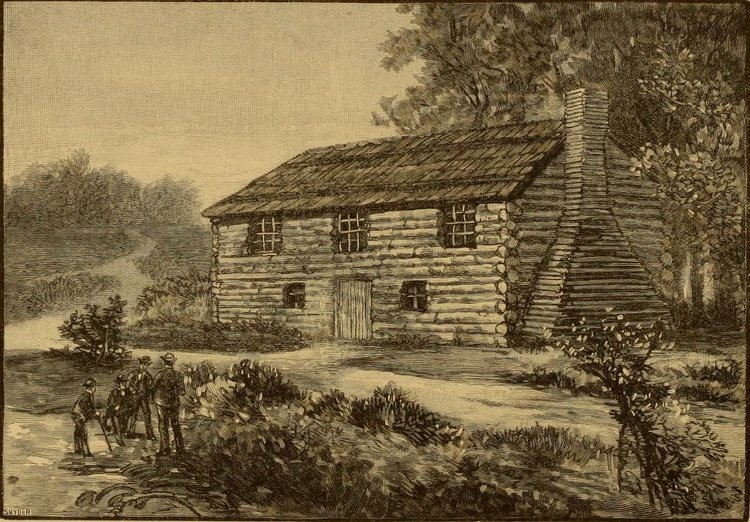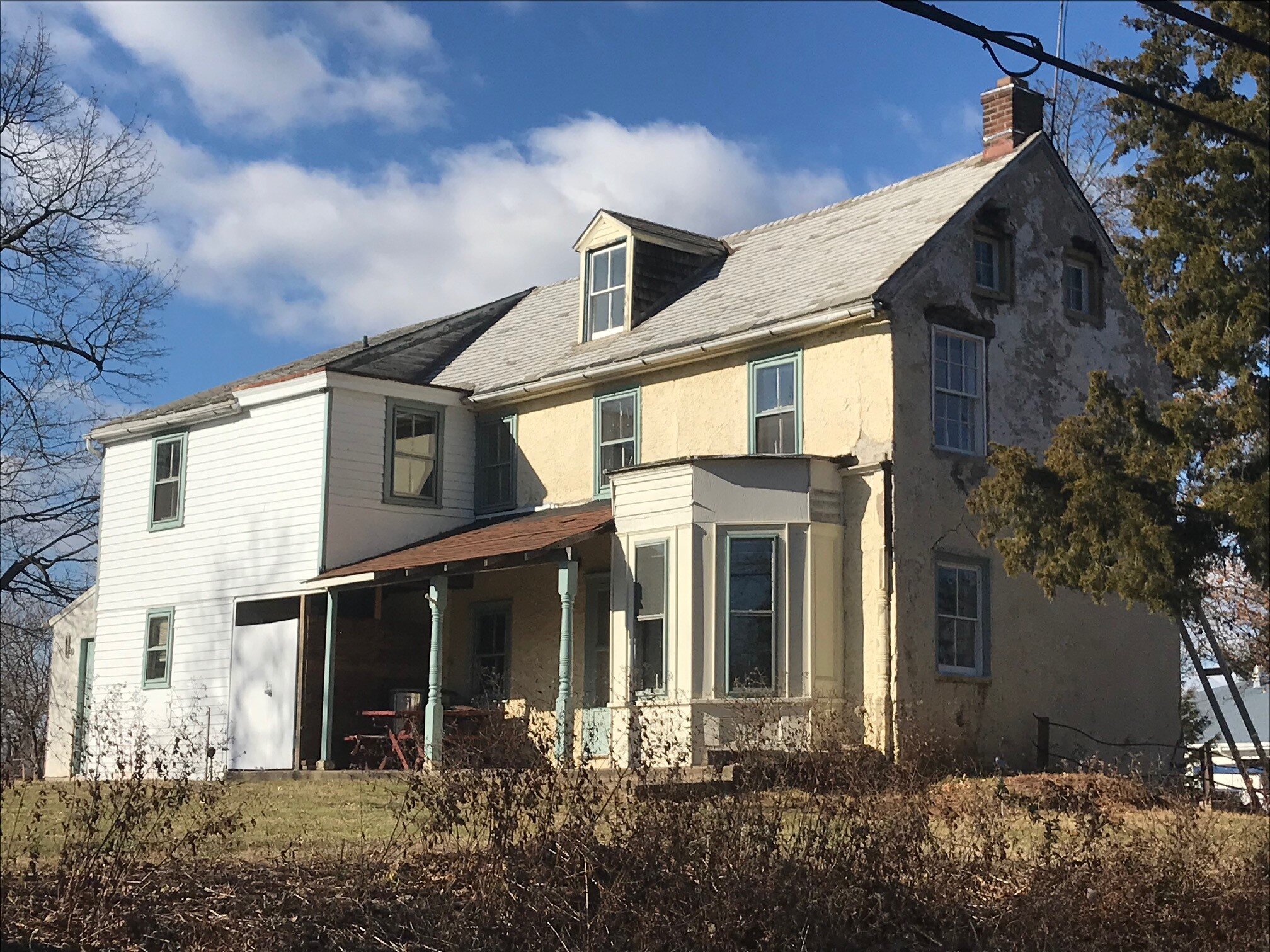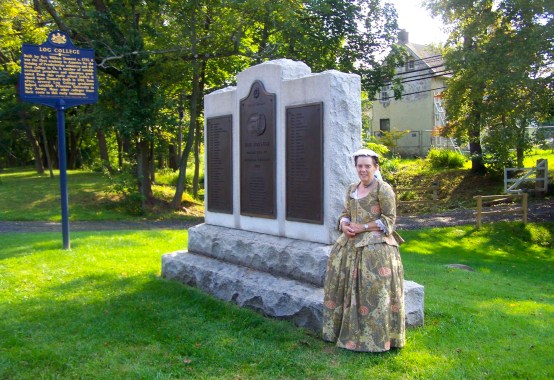Receive our blog posts in your email by filling out the form at the bottom of this page.
What has been like a revelation to me in my research was, finding out the extensive use of Tokens in the United States. All the early Presbyterian churches appear to have used them. — Robert Shiells, The Story of the Token as Belonging to the Sacrament of the Lord's Supper (1891), p. 150
Colonial American Presbyterianism, utilizing the Westminster Directory of Presbyterian Worship until 1788, relied much on Scottish Presbyterian traditions which included both communion seasons and tokens. These important features of simple Presbyterian worship were also associated with notable revivals, including both the Great Awakening and the Second Great Awakening. “The communion seasons in Virginia, as wherever the Presbyterian Church was planted, were seasons of revival.” (Mary McWhorter Tenney, Communion Tokens: Their Origin, History, and Use (1936), p. 87). Leigh Eric Schmidt writes:
With the transplantation of Presbyterianism to the American colonies came Old World ways of organizing worship and devotion. The sacramental occasion, as one of the most prominent features of the evangelical Presbyterian tradition, was soon re-created in America. In New England, for example, enclaves of Presbyterian immigrants almost immediately staged sacramental occasions fully reminiscent of Scotland and Ulster….
In the middle colonies, where Presbyterian immigration was much heavier than in New England, sacramental occasions were proportionally larger and more pronounced. The communion seasons — prevalent, powerful, and well attended — figured prominently in the religious life of the Presbyterian immigrants throughout the region [Schmidt, Holy Fairs: Scottish Communions and American Revivals in the Early Modern Period (1989), pp. 53-54].
Julius Melton also notes this important feature of early American Presbyterian worship as well as its transatlantic nature:
One especially prominent aspect of the Presbyterian’s worship experience in the colonies was the “sacramental season.” This was the practice, inherited from Scotland, of placing the infrequent celebrations of the Lord’s Supper within a series of services — days of fasting, sermons, examination of communicants and singing for which crowds would gather from an entire region. After dwelling at length on their sins and Christ’s work of salvation, Presbyterian drew near to receive the sacrament with great awe [Melton, Presbyterian Worship in America: Changing Patterns Since 1787 (1967, 2001), p. 16].
The Great Awakening was at least in part built on the foundation of sacramental seasons of revival. This was true for the Tennents (William, Sr., William Jr., Gilbert, and John included), some of whom contributed to a famous collection of Sermons on Sacramental Occasions by Divers Ministers (1739).
Gilbert Tennent was born into a family of Scots living in Ulster, in the northeast of Ireland. By the close of the seventeenth century, Ulster had become an enclave of dissenting Presbyterians, rebels against both the English crown and the Anglican Church, who were forced by the government to settle there. These dissenters kept alive the Scottish Presbyterian tradition of field communion, or sacramental occasions, a distinctive practice that helped to maintain ties to their heritage [Kimberly Bracken Long, The Eucharistic Theology of the American Holy Fairs (2011), pp. 83-84].
Gilbert Tennent wrote in 1744 of revival that took place in his congregation at New Brunswick, New Jersey:
I may further observe, that frequently at Sacramental Seasons in New-Brunswick, there have been signal Displays of the divine Power and Presence: divers have been convinced of Sin by the Sermons then preached, some converted, and many much affected with the Love of God in JESUS CHRIST. O the sweet Meltings that I have often seen on such Occasions among many! New-Brunswick did then look like a Field the Lord had blessed: It was like a little Jerusalem, to which the scattered Tribes with eager haste repaired at Sacramental Solemnities; and there they fed on the Fatness of God’s House, and drunk of the River of his Pleasures [Thomas Prince, ed., The Christian History (1745), p. 294].
Neshaminy, Pennsylvania was the site of a sacramental occasion in June 1745 where David Brainerd assisted Charles Beatty administer the bread and the wine to “three or four thousand” in attendance which Brainerd described as a “sweet melting season.” Brainerd went on during the following year to build on this experience, along with counsel from those who commissioned his missionary labors — the Society in Scotland for the Propagation of Christian Knowledge — to host his own sacramental seasons among the Native Americans to whom he ministered.
Brainerd followed the Scottish pattern basically to the letter: Friday was “set apart for solemn Fasting and Prayer”; Saturday was given over to further preparations and exhortations; Sunday brought the Lord’s Supper and more sermons; Monday concluded “the Sacramental Solemnity” with praise, thanksgiving, and calls for sustained moral discipline….This sacramental season proved to be among the most satisfying events in Brainerd’s life; indeed, the “sweet Union, Harmony and endearing Love” he experienced there was “the most lively Emblem of the heavenly World, I had ever seen” [Schmidt, Holy Fairs, p. 55].
Brainerd spoke similarly of a sacramental occasion that he participated in at Freehold, New Jersey just a couple of months later (June 1746) which was hosted by William Tennent, Jr., describing it as “a season of comfort to the godly, and of awakening to some souls” (ibid., p. 56). These sacramental seasons are a running theme throughout his ministry, especially to the Native Americans. Yet, as Schmidt notes, “No one, as far as I know, has ever taken stock of Brainerd’s sacramental revivals and seen just how thoroughly Presbyterian in this matter he had become” (ibid., p. 235).
The first Covenanter communion in America took place at the “Junkin Tent” in Cumberland County, Pennsylvania, on August 23, 1752, and was administered by John Cuthbertson. This was also the first instance of the use of communion tokens in America. It bore the simple abbreviation “L.S.” for “Lord’s Supper” on one side only. These tokens were used to signify admittance to the Lord’s Table.

































